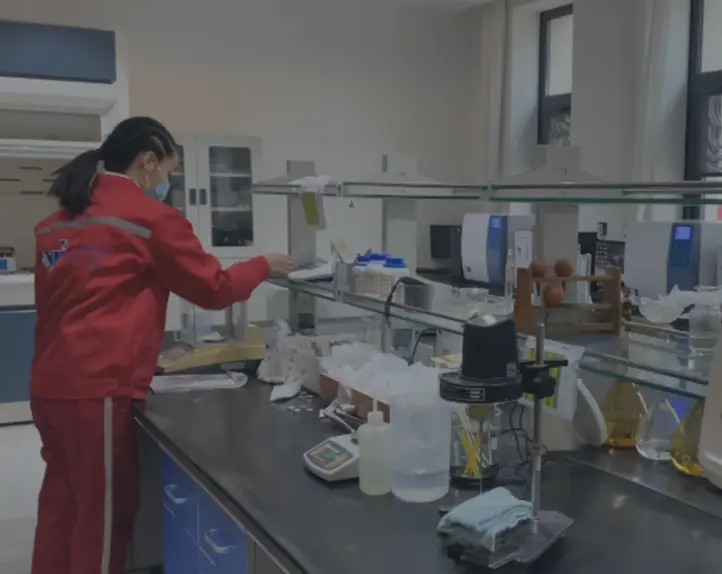
Sht . 16, 2024 18:51 Back to list
Hydroxyethyl Cellulose Solubility in Ethanol - Comprehensive Guide
Hydroxyethyl Cellulose Solubility in Ethanol An Overview
Hydroxyethyl cellulose (HEC) is a non-ionic, water-soluble polymer derived from cellulose, predominantly used in various industrial applications, including food, pharmaceuticals, and cosmetics. Its unique properties, such as thickening, gelling, and stabilizing capabilities, make it an essential ingredient in many formulations. Understanding the solubility of HEC in different solvents, particularly ethanol, is crucial for its effective application.
The solubility of HEC in ethanol is a nuanced topic. Generally, HEC is predominantly soluble in water due to its hydrophilic nature, which is derived from the hydroxyethyl groups that replace some hydroxyl groups on the cellulose backbone during the production process. These groups facilitate hydrogen bonding with water molecules, leading to its high solubility in aqueous solutions. However, when it comes to ethanol, the scenario changes.
Ethanol, being a polar solvent, can dissolve some polymers; however, the interaction of HEC with ethanol is not as favorable as with water. HEC exhibits limited solubility in ethanol, primarily due to its high molecular weight and the rigid structure of its cellulose backbone. The hydrophobic characteristics of ethanol inhibit effective interaction, thus leading to significant challenges in achieving a homogeneous solution. The degree of substitution (DS) of the hydroxyethyl groups also plays a critical role in the solubility of HEC in ethanol. A higher DS usually enhances the polymer's affinity for water, further complicating its solubility in mixed solvents like ethanol.
hydroxyethyl cellulose solubility in ethanol

Despite its limited solubility, there are applications where HEC in ethanol is beneficial. In formulations where reduced water content is essential, such as in certain cosmetic products, the limited solubility of HEC can provide unique rheological properties. Moreover, understanding the solubility behavior of HEC in ethanol is vital for researchers and formulators trying to develop innovative composite materials or drug delivery systems that involve solvent mixtures.
To optimize the use of HEC in ethanol-based applications, it is often necessary to apply modification techniques, such as altering the molecular weight or the degree of substitution. This can enhance its solubility and functional performance in these systems. Additionally, incorporating co-solvents or surfactants could help improve the solubility profile of HEC in ethanol, potentially leading to broader applications.
In conclusion, while hydroxyethyl cellulose shows limited solubility in ethanol, its unique properties and potential modifications open doors for various innovative applications across multiple industries. Understanding the nuances of its solubility behavior is key to maximizing its benefits in formulations that utilize ethanol as a solvent.
-
Unlocking the Benefits of HPMC Products: A Gateway to Versatile Applications
NewsAug.07,2025
-
Unleashing the Potential of HPMC Ashland: A Comprehensive Look
NewsAug.07,2025
-
Tile Bonding Cellulose: The Key to Superior Adhesion and Durability
NewsAug.07,2025
-
Hydroxypropyl Methylcellulose Powder: The Versatile Component in Modern Pharmaceuticals
NewsAug.07,2025
-
Hydroxyethyl Cellulose: The Versatile Solution for Various Industries
NewsAug.07,2025
-
Hydroxyethyl Cellulose (HEC): The Versatile Polymer for Various Applications
NewsAug.07,2025







